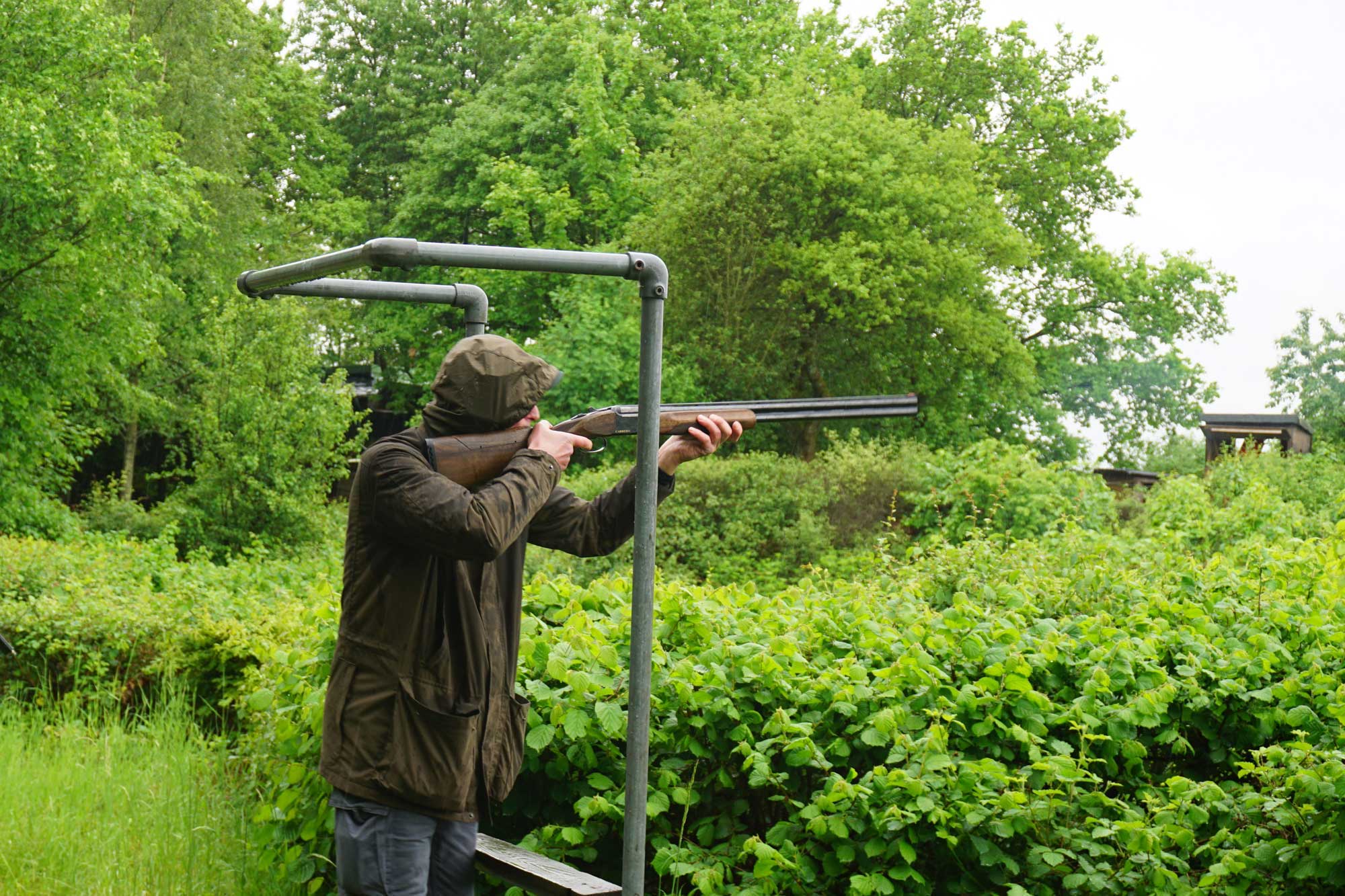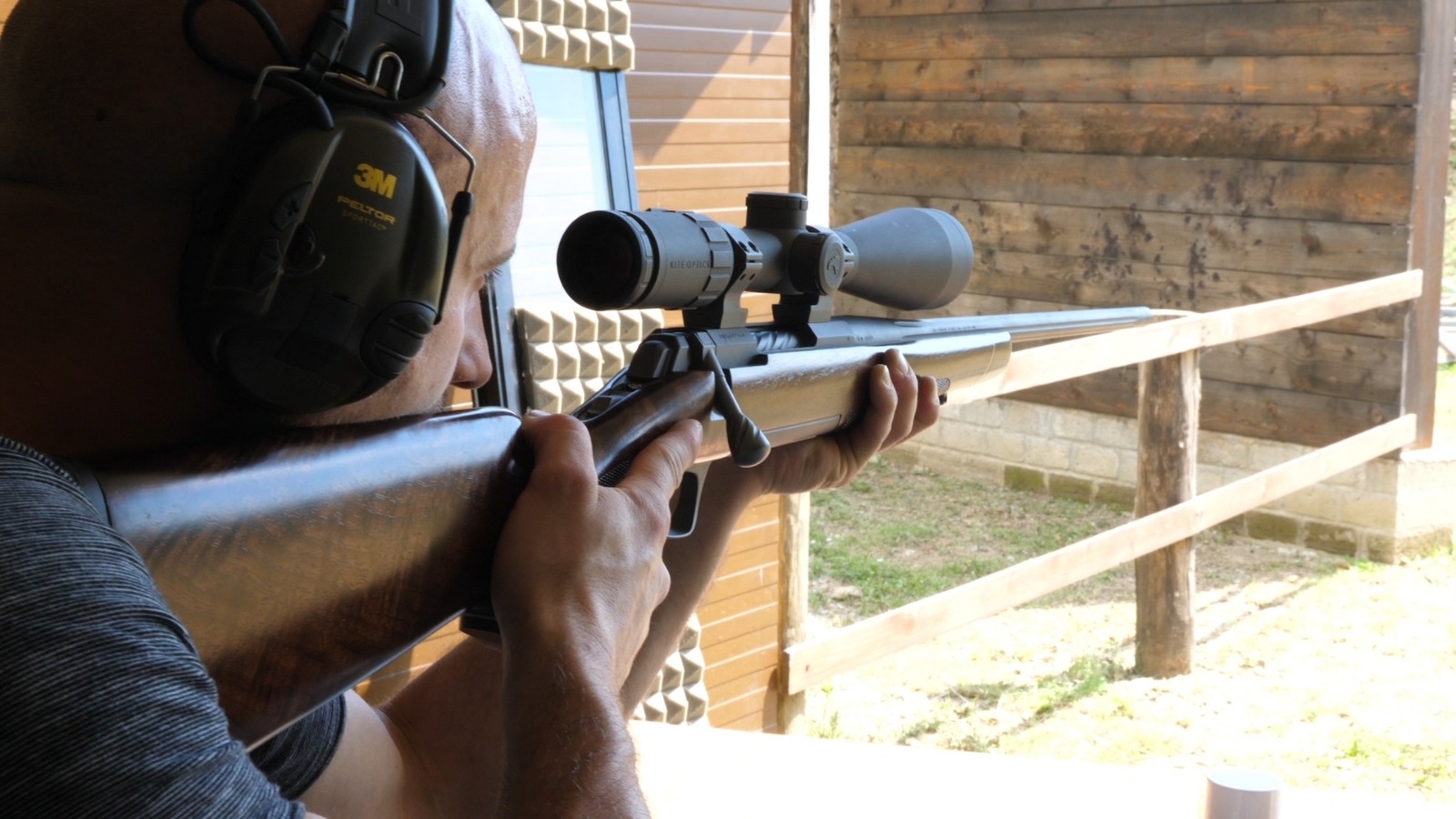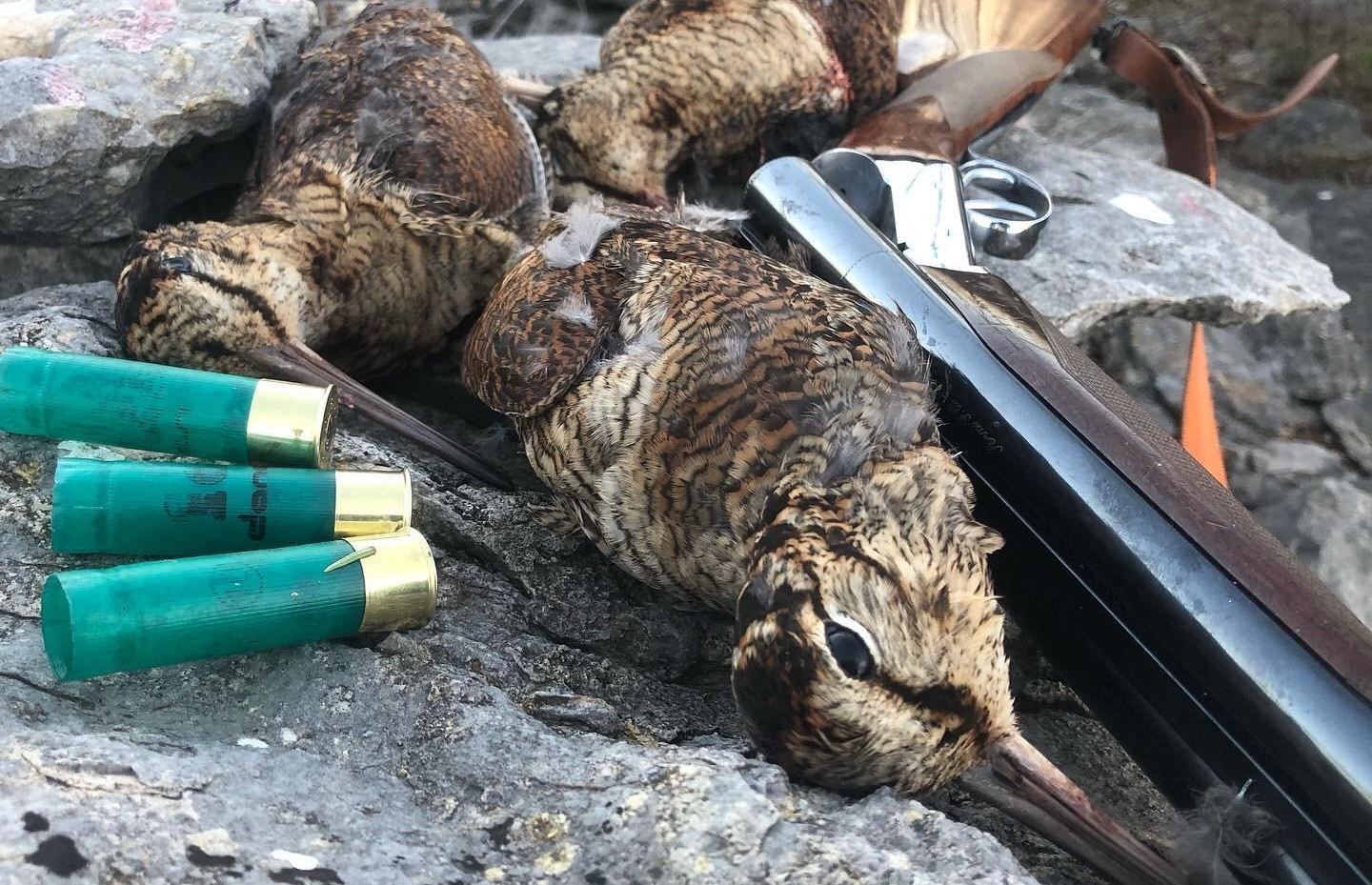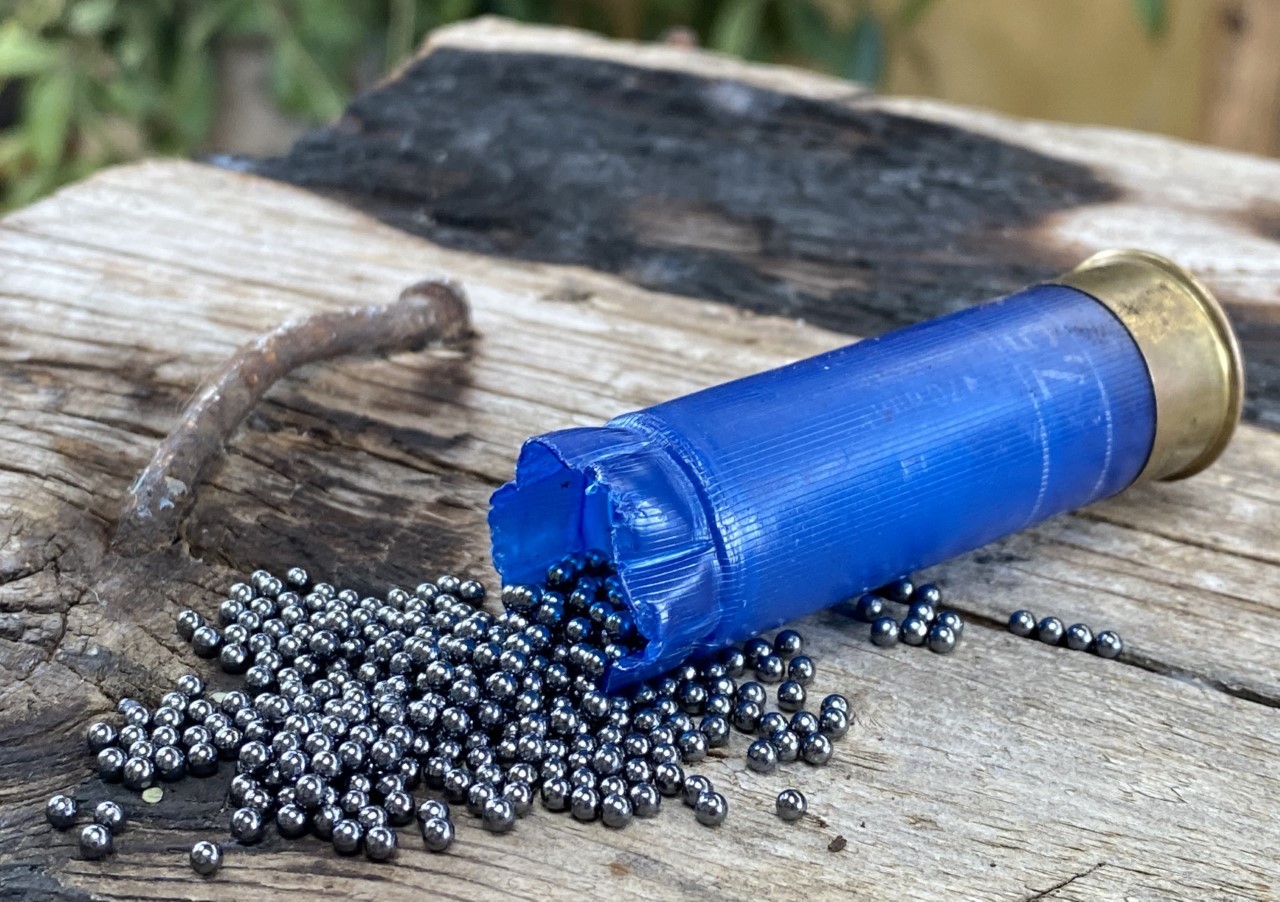The EU Commission's plans to regulate the use of lead in ammunition for hunting and ultimately also for shooting have been on our minds here at all4shooters.com and all4hunters.com since 2017, when the first concrete efforts were made by the EU Commission to massively restrict the use of lead-containing ammunition .

On 16 July 2019, the European Commission then wrote to the European Chemicals Agency (ECHA) asking it to draw up “a restriction proposal on the placing on the market and the use of lead in ammunition (gunshot and bullets)". Incidentally, this also involved a ban on "fishing weights". We reported on this here on all4shooters.com at the time.
The first effects of the lead ban promoted by the EU Commission affected hunters. Since the entry into force of Commission Regulation 2021/57 amending Annex XVII of the REACH Regulation with regard to lead in firearms in or around wetlands on 15 February 2021, after the end of the transitional period, i.e. de facto since 15 February 2023, they are no longer allowed to carry lead shot in so-called wetlands throughout the European Economic Area.
In March 2023, ECHA forwarded the technical recommendations developed by its Committees for Socio-economic Analysis (SEAC) and Risk Assessment (RAC) to the REACH Committee (EU Risk Assessment Committee) so that it could begin drafting the legislative proposal to restrict the use and placing on the market of lead-containing ammunition for "outdoor shooting activities". These recommendations clearly state that such restrictions are justified due to the risks posed by lead to human health and the environment. This statement can now also be found in the draft legislation made public by the EU Commission for the first time in the REACH Committee.
EU Commission's draft lead ban provides for numerous exemptions for sporting ammunition for handguns and rifles
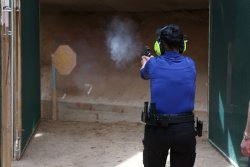
However, the draft also provides for some positive exceptions from a shooter's perspective. For example, it should be possible to continue using lead handgun or rifle bullets as before for a five-year transitional period. However, once this period has expired, the use of leaded bullet ammunition will then be tied to the location of a shooting range, whereby the complex structural measures previously required by the ECHA for outdoor shooting ranges will apparently no longer be required.

The use of leaded ammunition should also continue to be permitted without restriction in the area of so-called customary or traditional shooting. In this context, the draft even explicitly mentions "bird shooting" at shooting festivals. Muzzle-loader shooters need not worry either: here, the draft is lenient and takes into account that there are no alternative materials here because such muzzle-loading firearms – originals as well as replicas – were not designed for the use of more modern, alternative bullet materials and would be damaged by them.
EU draft law on lead ban brings dark times for clay target shooters and hunters

For lead shot ammunition, on the other hand, things look relatively bleak for all those who rely on sporting or hunting shooting ranges: After an initial transitional period of five years, there will be an exemption for the use of lead shot for a further 10 years. However, the exemption will only apply if the lead is "recovered" at regular intervals of three years at an appropriately authorised shooting range that complies with certain structural measures (walls, ramparts, berms, nets) to prevent lead entering the environment and, in the case of open shooting ranges, in compliance with reporting obligations. The draft also provides for an evaluation of the exemption after the 10-year period has expired.
Outside of shooting ranges, i.e. when used for hunting, leaded shot and shotgun slugs are to be subject to a complete ban after a transitional period of 3 years. For rifle bullets in calibers above 5.6 mm with lead in them, such a ban should then apply after a transitional period of 18 months. Lead-containing rifle bullets with a diameter of less than 5.6 mm may continue to be used for a further 10 years after the EU regulation comes into force before they also fall under the ban. Only air rifle bullets made of lead are to be completely exempt from the ban, partly because their proportion in hunting ammunition is relatively low
What the major hunting and shooting sport associations have to say about the EU Commission's lead ban proposal
Some European shooting association condemn the restrictions on shotgun ammunition as "disproportionate and simply not feasible in practice". The German Hunting Association (DJV), for example, takes a critical view of the planned lead shot ban with a transitional period of three years and emphasises "that the transitional period is clearly too short". The DJV also believes that the operators of the 350 or so clay target shooting ranges in Germany will face particular hardship. According to estimates by the Federal Association of Shooting Ranges, investments of between one and two million euros are required to convert each individual range. This means a total of up to 700 million euros, which the mostly non-profit organisations that operate the shooting ranges cannot and should not be able to raise on their own.
The situation is very similar in many other European countries.But hunters also fulfil tasks in the public interest in the context of hunting. Regular practice shooting is essential for this. The tasks in question include the hunting of predatory game and invasive species, the hunting of wild boar, in particular to contain African swine fever, but also the so-called cloven-hoofed game management as an accompanying element in the transition to climate-resilient forests.
What happens next: before the draft can enter into force, it still has to go through a vote in the REACH Committee and be scrutinised by the European Parliament and the Council of the EU. We will keep you up to date.
Here you can find the complete proposal of the EU Commission for the implementing act on the restriction of lead in ammunition and fishing tackle.



